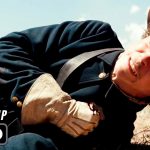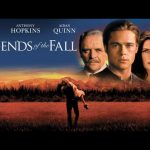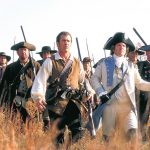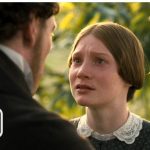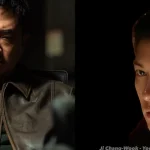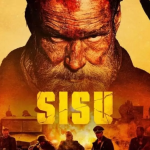Beowulf is a fantasy epic directed by Robert Zemeckis and features a blend of live-action and motion capture animation.
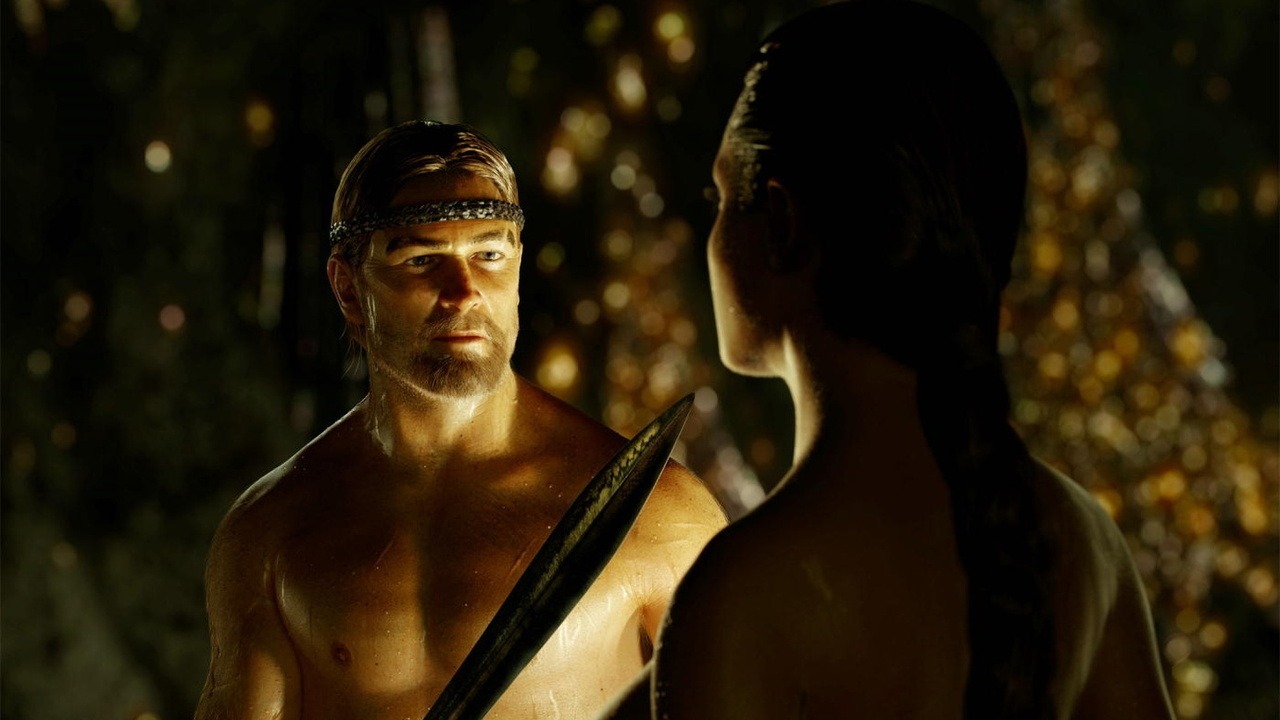
“Beowulf” is a 2007 fantasy epic film directed by Robert Zemeckis, known for its groundbreaking blend of live-action and motion capture animation. The film is an adaptation of the ancient Anglo-Saxon epic poem, “Beowulf,” and it brings to life the legendary story of the hero Beowulf in a visually stunning and innovative way.
Plot Overview:
The film is set in a mythic version of Scandinavia during the 6th century, where the kingdom of Denmark is plagued by the monstrous creature Grendel (Crispin Glover). Grendel, tormented by the sounds of merriment and music from King Hrothgar’s (Anthony Hopkins) great hall, Heorot, attacks the hall, killing many of the king’s warriors. Desperate to rid his kingdom of this terror, King Hrothgar offers a reward to anyone who can defeat the beast.
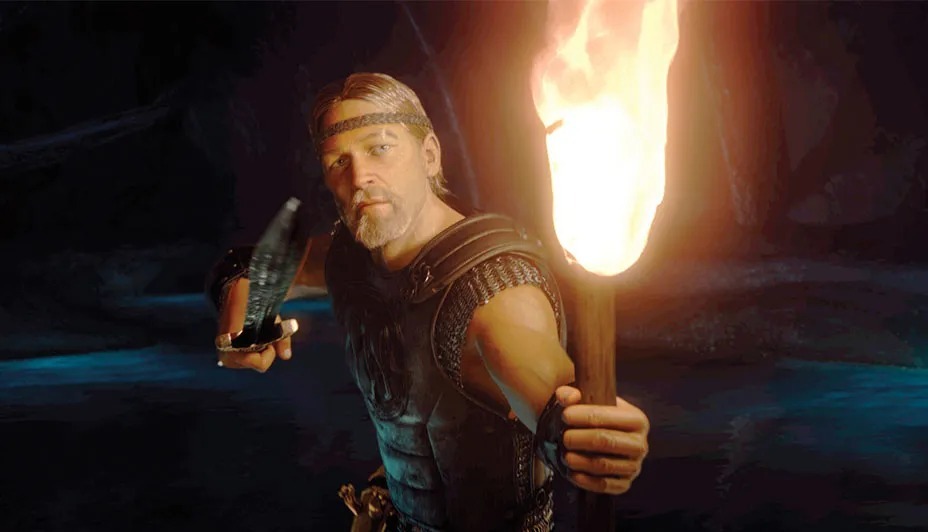
The legendary hero Beowulf (Ray Winstone) arrives with his band of warriors, drawn by the promise of glory and the chance to prove his valor. Beowulf is a larger-than-life character, known for his incredible strength, bravery, and a bit of arrogance. He boasts that he will defeat Grendel bare-handed, seeing it as a way to cement his legacy as the greatest hero of all time.
Beowulf’s encounter with Grendel is brutal and intense, but he manages to mortally wound the creature, which retreats to its lair. However, the victory is short-lived, as Grendel’s mother (Angelina Jolie), a powerful and seductive shape-shifting water demon, seeks revenge for her son’s death. Beowulf tracks her to her lair beneath a murky lake, where he faces temptation and deceit. Unlike the straightforward battle with Grendel, his confrontation with Grendel’s mother is psychological, testing his resolve and character.
Years pass, and Beowulf, now an aging king, must face the consequences of his past choices. The dragon, a symbol of his past sins and broken promises, emerges as a new threat to his kingdom. The final act of the film is a climactic battle between Beowulf and the dragon, culminating in a heroic, yet tragic, end.
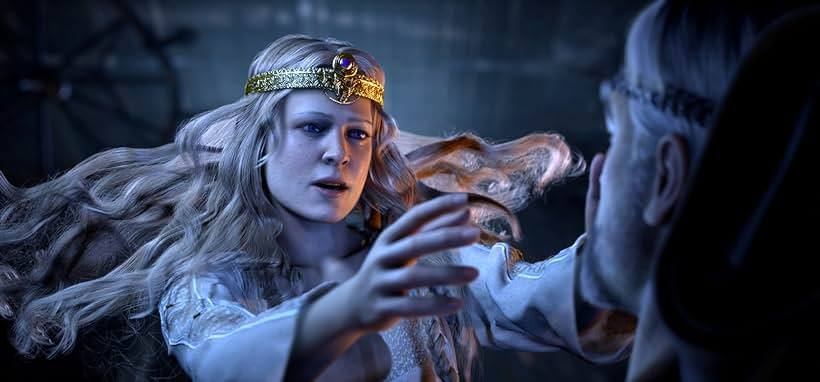
Visuals and Style:
“Beowulf” is notable for its use of performance capture technology, which was cutting-edge at the time. This technique allowed actors’ performances to be digitized and animated, giving the film a unique, almost hyper-realistic aesthetic. The landscapes are epic and grand, with misty fjords, dark forests, and eerie, otherworldly environments that enhance the mythic tone of the story.
The character designs are also striking, blending the actors’ real-life features with a stylized, almost sculptural quality. The use of motion capture allowed for more dynamic action sequences, particularly in the fluid, almost balletic combat scenes.

Themes:
The film explores themes of heroism, legacy, and the nature of power. Beowulf’s journey is one of hubris and redemption, as he grapples with the consequences of his actions and the burden of his legendary status. The movie also delves into the complexities of temptation, particularly in Beowulf’s interactions with Grendel’s mother, who represents both a literal and metaphorical threat.
Conclusion:
“Beowulf” is a visually ambitious film that blends ancient legend with modern filmmaking technology. While it stays true to the epic’s core story, it also adds depth to the characters, exploring the human flaws and moral ambiguities of its hero. Robert Zemeckis’ direction, combined with the innovative use of motion capture, makes “Beowulf” a unique and memorable adaptation of one of the oldest surviving works of literature.
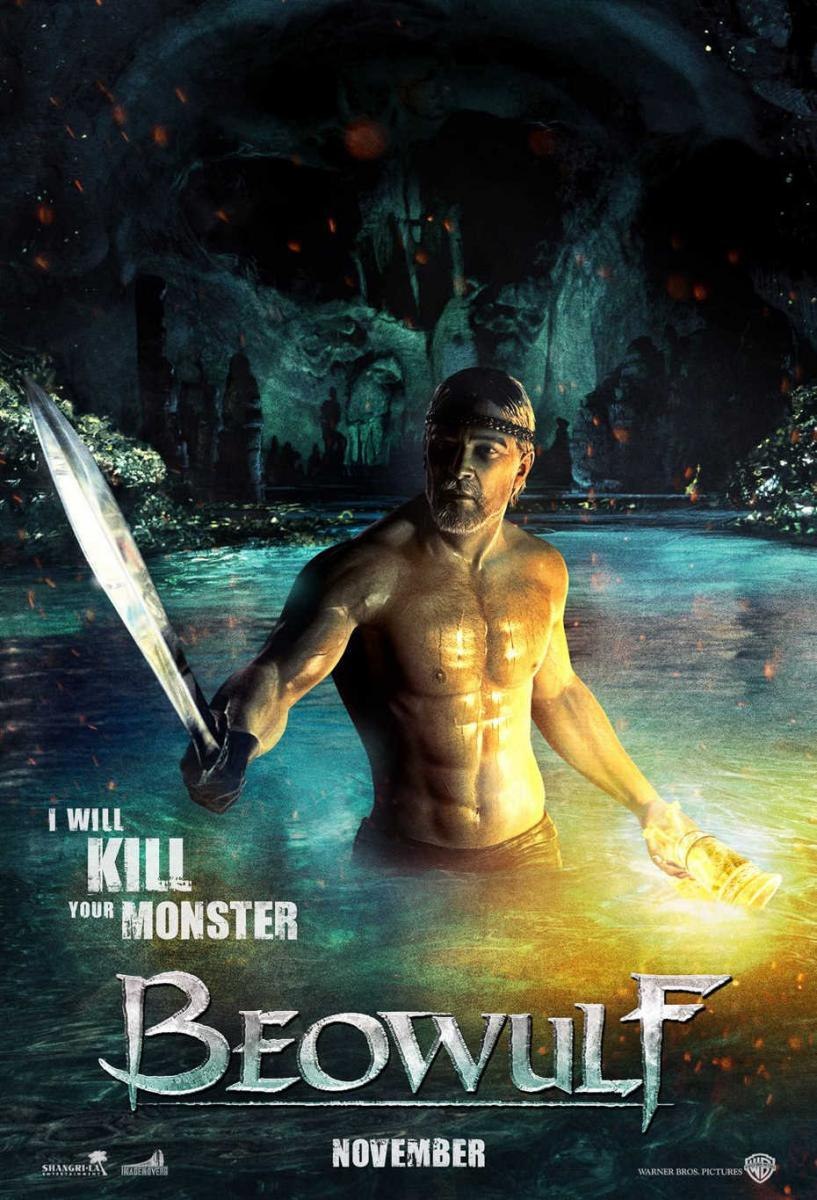
WATCH:
